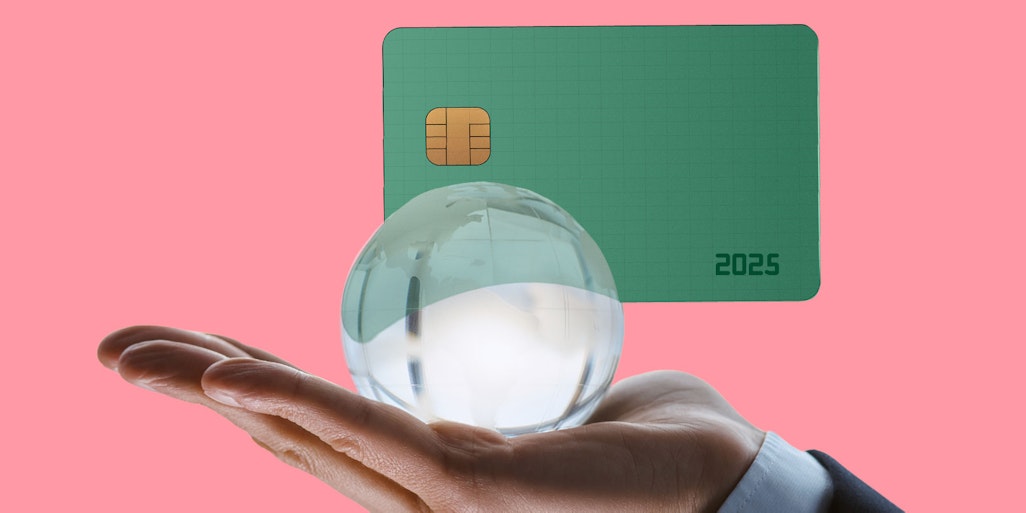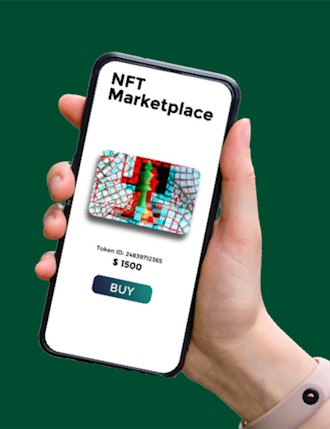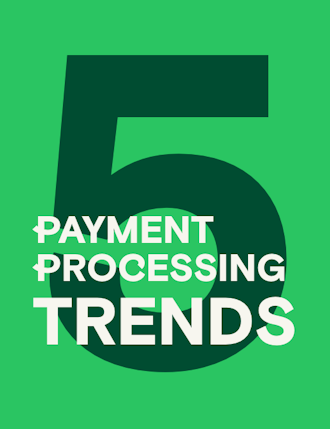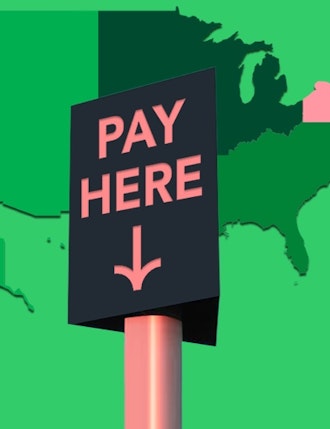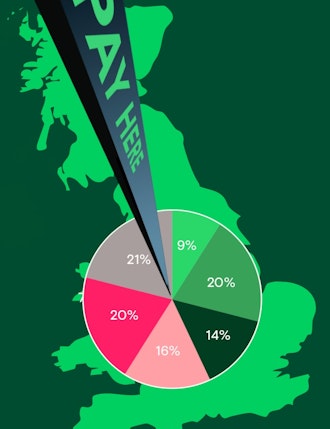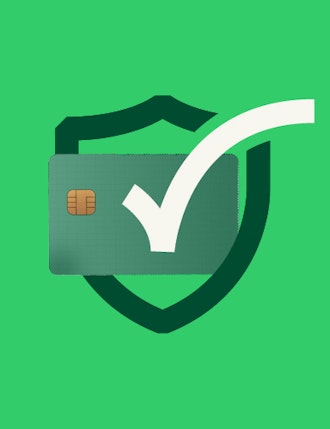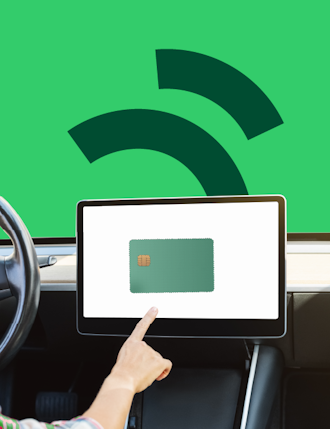Key Insights
-
The desire for fast, safe and transparent payment systems has driven innovation in the payments sector in 2024 and will continue to do so into 2025.
-
Cryptocurrency and stablecoins are becoming more accepted by both the public and businesses and will be a key driver in changing the landscape of payments globally over the coming years.
-
Governments are looking at how they can play a positive role in the payments space through enabling better trade by leveraging Central Bank Digital Currencies (CBDCs) but also by regulating markets in areas such as Buy Now, Pay Later (BNPL). Governments have a balance to strike, ensuring that consumers are protected whilst innovation remains unhindered.
- The need for platforms that enable the free flow of payments quickly and securely between jurisdictions and via an increasing range of payment methods will be the backbone of the payments sector .
Don't have time to read more now? Sign up to our newsletter to get the latest insights directly in your inbox.
Payments is a fast moving industry that embraces technology to improve customer experiences and improve processes for business. 2024 has seen some hugely exciting developments, such as governments experimenting more with central bank digital currencies, whilst businesses have innovated with technologies such as real time payments.
Let’s celebrate what the payments industry has achieved in 2024 and look forward to what’s coming in 2025.
Contactless payments
2024
In 2024, contactless payments became the default choice for many consumers who enjoyed the speed and convenience that contactless has enabled. Security is also a key benefit of the technology, with reduced opportunities for theft as only the customer handles their payment device.
There’s been a significant growth in the number of unattended devices that make use of contactless. As well as being quick and convenient for customers, unattended payment systems allow merchants to more efficiently use resources, assigning staff to other tasks rather than having to man payment locations. This has been particularly advantageous in sectors where traditional payment methods meant long queuing times that damaged customer satisfaction such as in the nighttime economy.
Another advantage of contactless payments is their flexibility. Payment systems can utilize Near Field Communication (NFC) to manage payments, operate via QR codes or leverage numerous other options. This versatility makes contactless payments viable for a wide range of businesses, no matter how their customers prefer to interact with them.
2025
In 2025, the use of contactless payments is expected to continue growing, particularly in new markets where the technology hasn’t yet been embraced. Efficient payment processing platforms that can facilitate transactions across jurisdictions will be a key driver of this growth. These platforms will benefit merchants as they can access high quality data and timely data about the performance of their business, wherever in the world they operate.
One thing we could be seeing a lot more of in 2025 is wearable payment devices. These take advantage of the growth of contactless payment options to build payment systems into jewelry and clothing, making payment devices both functional and attractive.
We also predict that the growth of contactless payment systems will go hand in hand with the rise of biometrics. Biometric systems use unique physical characteristics to verify identity and, in the realm of payments, this means a highly secure way of proceeding with or blocking transactions. The increased utilization of biometrics in payment security should lead to greater public trust, though recent research carried out by Aevi shows that there still may be a way to go in establishing public trust in the technology, at least in some jurisdictions.
Digital wallets
Digital wallets are already big, and we predict they’re going to get bigger!. In 2023 roughly half of global ecommerce transactions were carried out using a digital wallet, making them the single most popular online payment method in the world. One of the key drivers of the uptake of digital wallets is the popularity of the technology amongst younger users and those who live “mobile first”, taking advantage of the flexibility and multi-function offered by mobile devices.
In 2024 it was revealed that a third of adults in the UK use mobile contactless payments with the growth of digital wallets being a key driver of this trend.
Like contactless, a digital wallet can be highly flexible. Open digital wallets like Apple Pay and Google Pay aren’t tied to a specific retailer, and can support a variety of payment methods from credit and debit cards to cryptocurrencies.
2025
With more features being added to digital wallets all the time, we’re confident that they’ll continue to grow in popularity in 2025.
Merchants can leverage the technology to add on elements such as loyalty and reward programs or even build their own closed digital wallet, where customers load credit into the system to spend with that particular business, such as Starbucks’ mobile app. This allows merchants unique ways to interact with customers in a way that benefits both. While this already works really well in sectors like hospitality and retail, it could see much wider use in other sectors.
BNPL
Buy Now, Pay Later or BNPL, as it’s catchily known, has seen a surge in popularity over recent years and is likely to remain a popular payment option. It allows customers to have what they want today, but spread payment over time in the future with no interest, assuming they pay on time. Whilst many users of BNPL enjoy the fact they can immediately get what they want today and manage payments efficiently, BNPL has seen controversy where the potential to overspend hasn’t been effectively managed.
2024
In recent years, BNPL has allowed merchants to enjoy higher conversion rates, selling to customers who otherwise might not be in a position to purchase the merchant’s goods or services. Merchants pay higher fees to BNPL service providers but benefit from reduced credit and fraud risks, as these are carried by the BNPL provider.
In 2024, the BNPL market was expected to grow by 15% vs 2023 and, whilst final figures aren’t in, this has certainly been an area of finance that has gathered pace over the last 12 months.
2025
Going into 2025, the BNPL market will likely continue to grow, spurred on, at least in part, by the ongoing cost of living crisis, which is obliging people to look at ways of financing their lifestyle that they might not previously have considered and welcome the flexibility that the technology offers.
One of the key developments in the BNPL space in 2025 is likely to be much tighter regulation of the market. In the UK, the government began to consider legislation in October 2024, which sought to ensure that, whilst consumers could continue to benefit from BNPL and businesses in the space could keep innovating, consumer protections were strengthened with better information and a stronger hand when disputes arise. The EU’s 2023/2225 (CCD II) directive similarly seeks to improve the balance between BNPL lenders and the consumers who use their services.
AI powered fraud detection
AI has improved fraud detection big time. Analysis of large data sets and spotting strange patterns and anomalous results is one of the big strengths of AI, so it’s no surprise that this is an area where the technology has made a big impact.
2024
Because it can process large data sets very quickly, AI can now be used to spot and stop bad transactions in real time. Lots of payment companies are deploying the technology including Mastercard who across 2023/24 used the technology to stop over $20 billion worth of fraudulent transactions.
Data gathering and analysis as part of the payment orchestration process has therefore not only become desirable for merchants who want to better understand their business, but necessary as a way of reducing transaction fraud.
2025
Going into 2025, this technology will continue to develop and be deployed more widely. This will be driven, in the main, by two things: First, larger datasets that capture more information about legitimate consumers and their payment patterns mean a better understanding of what looks anomalous. Second, Large Language Models (LLMs) continue to develop and to be able to consider more data points, which will again improve the ability to identify anomalous patterns with a higher degree of speed and accuracy.
Cross-border payments
Key for any business that wants to operate internationally, cross-border payments help trade to flow across jurisdictions and give consumers confidence that, wherever they are in the world, they’ll be able to pay with ease.
2024
Whilst cross-border payments have been slowly improving over years and years, it has continued to be patchy, and at times slow. In 2024 however things have improved.
The finance industry and wider world of business have begun to understand the power of flexible payment platforms that allow for easy cross-border payment flows, and are flexible enough to operate seamlessly with all types of payment system to allow easy global payments.
In addition, the growth of cryptocurrencies which can be easily used across jurisdictions have further helped to ease cross-border payment issues. Furthermore, stablecoins have come more to the fore in 2024. These are cryptocurrencies designed to hold a relatively stable value and therefore overcome some of the issues that cryptocurrencies have experienced and further help to improve cross-border payments.
2025
One of the key benefits of the rise of cryptocurrencies is the associated rise of blockchain technology, the system used to track cryptocurrency payments and holdings.
This technology is faster and more cost effective than traditional cross-border payment methods. It is also more transparent, with each transaction recorded and publicly viewable. This means that over the next few years we expect to see a more inclusive cross-border payments landscape, as more people can afford to transfer more between jurisdictions and fraud or other dishonest activities become easier to monitor and detect.
Central Bank Digital Currencies
Central Bank Digital Currencies, or CBDCs as they’re known, is a digital version of a country’s currency as issued by their central bank. Central banks have started to issue them in order to keep pace with cryptocurrencies whilst maintaining stability in currencies, but also to meet the needs of rapidly evolving payment landscapes.
2024
CBDCs saw increasing use across 2024 and now 134 countries and currency unions are exploring the technology, including every G20 country. 13 of these countries are now piloting the technology including Japan, India and Brazil.
The number of exciting projects currently underway in the CBDC space are, in many cases, focussed on allowing the easy use of CBDCs by private businesses to facilitate smoother and more open trade, as well as create new finance products.
2025
In 2025 we expect to see CBDCs become a real option for individuals and businesses, and the use of CBDCs in everyday transactions. Combining the efficiency and openness of crypto with the security and confidence that comes with central bank support, it’s only a matter of time until CBDC use becomes more widespread.
Eco-friendly payment choices
With consumers globally becoming ever more conscious of the impact that their choices have on the climate, it is vital that businesses in the payment space understand this and move with the times by offering more environmentally and eco-friendly payment technologies. They need to do this not just for the sake of their businesses, but to play their part in ensuring there is a livable world for future generations.
2024
Digital payment technology has already significantly reduced reliance on energy and resource-intensive payment methods, such as cash and paper receipts. Cloud-based POS systems have further contributed in recent years by shifting transaction data processing away from the point of sale to remote data centers, where scale and efficiency optimization have minimized energy consumption . Improved cooling technologies have also drastically reduced energy consumption.
2025
We expect to see the environment being considered carefully by businesses in the payments sector when developing new products and services as a matter of course into next year and beyond. This is already happening with a great example being CPI Card Group piloting an environmentally friendly payment card.
Another key environmental feature we’re likely to see is finance apps giving users insights not just into their money matters, but also giving them information about the environmental impact of their choices and actions, helping them to reduce carbon footprints and ecological strain.
Super apps
As people have sought to consolidate their app usage, and social media platforms have sought to consolidate their hold on their users and markets, the super app has risen to prominence. These allow users to do a wide variety of activities, including making purchases within marketplaces and acting as payment devices.
2024
2024 has seen the super app space be hotly contested. Whilst users in the West will be familiar with apps like Facebook and WhatsApp, readers with a knowledge of Asia might be familiar with super app behemoth’s like WeChat and Alipay. WeChat is used by more than half of China’s population and has developed from being a simple messaging app on its launch in 2011 to offer a huge range of services including payments and money transfers.
2025
The battle for top super app status isn’t going to cool down anytime soon, and we expect to see payments as one of the core areas where super apps build functionality. Why? Well, because payment technology is intrinsic to how we live our lives and buy the things we need and want.
When people are using your app to live their everyday lives they’re more likely to remain as users.
Cryptocurrencies and stablecoins
We’ve already mentioned cryptocurrencies and stablecoins and their potential to facilitate faster and more open transactions, but their wider acceptance and use for both in-person and ecommerce payments means that crypto is just getting started.
2024
This year has seen more mainstream acceptance of cryptocurrency payments, and consumers are now able to use cryptocurrency to pay for a whole range of things. Improved security in cryptocurrency payments and a better public understanding of the steps involved in cryptocurrency payments has helped people to understand that, in many cases, crypto is more secure and transparent than other payment methods.
2025
As regulation improves and stablecoins ensure less volatility in the value of these types of currencies, public trust and therefore public utilization will continue to grow, especially if CBDCs get off the ground in force.
Real-time payments
Real-time payments describe any scenario where funds transferred are immediately available to the recipient. These systems offer confirmed funds, as well as immediately updating the balance information of both the sender and recipient.
Understandably, this payment is very popular as it allows both individuals and businesses immediate access to funds and better scope for managing finances.
2024
In 2024 the popularity of real-time payments has spread massively, with countries including Mexico, Qatar and Moldova seeing advances in the development and deployment of the technology.
India has been a leader in this technology, with central government initiatives pushing its deployment and adoption, and with the country seeing more real time payments than anywhere else.
2025
In 2025 we expect to see real-time payments expanding into more international markets, with a growing number of countries adopting the technology. This will be supported by further developments in infrastructure and regulatory frameworks to enable smoother cross-border transactions.
The adoption of real-time payments will also be driven by increased demand from businesses for faster and more efficient ways to settle payments, especially in industries like e-commerce and supply chain management..
Come on 2025!
At Aevi, we can’t wait for 2025 and the exciting developments the payments industry will see. With so many technologies being developed and deployed to make merchant and customer experiences better, the one certainty is that the payments space is going to be a fascinating one to watch.
As our Marketing and Communications Director Sarah Koch says:
“2024 has paved the way for big changes in payments, with AI taking the lead in shaping how we handle transactions. The move to digital payments is all about convenience, security, and flexibility. As we look to 2025, AI will go beyond automating tasks to provide more personalized experiences and deeper insights, while tapping into the power of data. This shift shows how our data-driven world is evolving and the huge potential it brings for both businesses and individuals. By embracing these changes, companies can stay ahead of the curve, and people can make the most of the data at their fingertips. The evolution is clear: payment technology isn’t just advancing - it’s transforming how we pay, live, and connect with the world around us”
Interested in reading more around this subject? Here are some useful articles…
